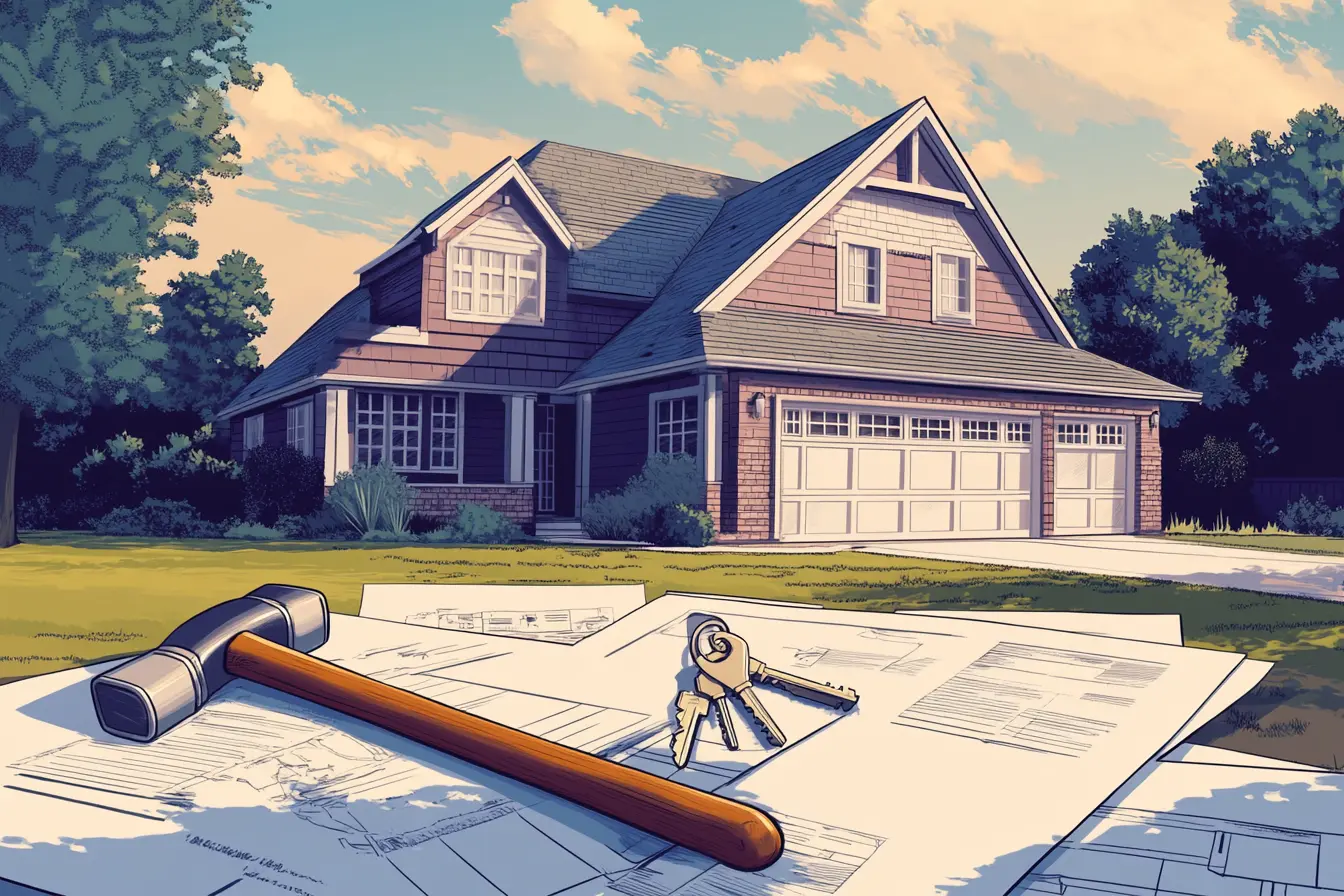Ordinance or Law Coverage: How It May or May Not Apply to Purchasing a Replacement Home
When a home is destroyed by fire, natural disaster, or another covered event, insurance policies often include Ordinance or Law Coverage to cover the increased costs associated with bringing a home up to current building codes. While this coverage is essential for homeowners choosing to rebuild, its application to purchasing a replacement home is less clear and varies based on policy language, state regulations, and insurer practices.
This article explores how Ordinance or Law Coverage works, when it applies to rebuilding vs. purchasing a new home, and why consulting a Loti public adjuster is essential to maximize benefits.
1. Understanding Ordinance or Law Coverage
Ordinance or Law Coverage is an additional insurance benefit that helps homeowners cover the cost of rebuilding a damaged or destroyed home to meet updated building codes and safety regulations. Without this coverage, homeowners may be left paying out-of-pocket for compliance costs.
Key Features of Ordinance or Law Coverage
Feature | Description |
|---|---|
Covers Code-Required Upgrades | Pays for costs to bring a home up to current building codes. |
Applies to Partial and Total Losses | May cover repairs, demolitions, and full reconstruction if code updates require changes. |
Separate from Standard Replacement Cost | Does NOT pay for standard rebuilding costs, only for additional compliance expenses. |
May Not Apply to Replacement Home Purchases | Coverage may only apply if rebuilding, not when buying a new home. |
More info: California Department of Insurance - Ordinance or Law Coverage Overview
.webp)
2. How Ordinance or Law Coverage Works in a Rebuild
When a home is rebuilt, the new structure must comply with the latest building codes, zoning laws, and safety regulations. This often leads to unexpected costs such as:
Stronger foundations or Earthquake reinforcements
Upgraded electrical and Plumbing systems
Energy Efficiency compliance (e.g., solar panel requirements)
Fire-resistant materials and sprinkler systems
How Insurers Pay Ordinance or Law Claims for Rebuilds
Coverage Type | What It Covers |
Demolition Costs | Covers removing the non-compliant structure before rebuilding. |
Code Upgrades | Pays for compliance costs beyond standard rebuilding expenses. |
Partial Repair Requirements | If a portion of the home is damaged but full compliance is required, it may cover entire structure updates. |
Since these expenses are above standard replacement costs, they can significantly increase the total cost of rebuilding.
More info: National Association of Insurance Commissioners - Understanding Code Upgrade Coverage
3. Can Ordinance or Law Coverage Be Used for a Replacement Home?
Unlike Extended Replacement Cost (ERC), which the CA Department of Insurance has stated allows a homeowner to buy a replacement home, Ordinance or Law Coverage is generally tied to rebuilding at the original location. This means that homeowners may or may not receive these funds if they choose to relocate.
Situations Where Ordinance Coverage May Apply to a Replacement Home
Scenario | Does Ordinance Coverage Apply? |
Rebuilding at the Original Location | Yes – Coverage applies to code-required upgrades. |
Purchasing a New Home in Another Location | Rarely – Many policies restrict this use. |
Buying a Newly Built Home with Code Upgrades | Possibly – Some insurers may approve a payout if the new home has similar required upgrades. |
Why Insurers Typically Limit Ordinance Coverage to Rebuilding
Ordinance or Law Coverage is intended to comply with local rebuilding codes, not to fund a replacement home.
Land values differ between locations, making cost comparisons difficult.
Insurers may argue that buying a new home does not create additional code compliance costs, as the home was already built to code.
However, policy language varies, and some insurers may allow limited payouts toward a replacement home.
More info: Insurance Information Institute - Ordinance and Law Coverage Explained

4. Navigating Ordinance Coverage with a Loti Public Adjuster
Because Ordinance or Law Coverage is complex and policy-dependent, working with a Loti public adjuster is a crucial first step. Most public adjusters and attorneys have little to no experience handling Ordinance coverage in the context of relocation, making Loti’s expertise especially valuable.
How a Loti Public Adjuster Can Help
Policy Review – Determines whether Ordinance coverage can be applied to a replacement home.
Negotiation with Insurers – Challenges claim denials and fights for maximum payout.
Comparing Code Costs – Documents how a replacement home includes necessary compliance upgrades.
Legal Precedent Awareness – Leverages state regulations and legal opinions to argue for coverage.
5. Common Challenges and How to Overcome Them
Potential Issues & Solutions
Challenge | Solution |
Insurer Denies Ordinance Coverage for a Replacement Home | Work with a Loti public adjuster to argue comparable costs and policy interpretation. |
Policy Language is Unclear | Request a formal policy interpretation from the insurer and escalate if needed. |
Delays in Claim Processing | Ensure all documentation on compliance costs is provided upfront. |
Wrap Up
Ordinance or Law Coverage is a crucial part of rebuilding after a disaster, but its application to purchasing a replacement home is often limited. Homeowners should carefully review their policy, work with a Loti public adjuster, and explore legal arguments if they believe their claim is unfairly denied.
Key Takeaways
Ordinance or Law Coverage covers costs for building code upgrades when rebuilding a damaged home.
Many policies do not apply this coverage toward buying a replacement home, but exceptions exist.
Legal and policy arguments may support applying coverage if costs are comparable.
Consulting a Loti public adjuster is critical, as most adjusters and attorneys lack experience with this issue.
Homeowners should negotiate and escalate claims if insurers impose unfair restrictions.
Each policy is different, and expert guidance is essential to ensure homeowners receive the full benefits of their insurance coverage.
